Begonia Rex considered one of the most beloved and beautiful flowers, which is also called royal begonia... It differs in that it has luxurious leaves of a wide variety of shapes and colors: round, elongated, oval, heart-shaped, smooth, maple-shaped, scaly.
Begonia royal more ornamental plant than a flower, since there are simply none on it. The variety of leaf shapes, as well as their beauty, more than make up for the lack of flowering.
She also enjoys such huge recognition among flower growers because begonia is an unpretentious plant with fairly simple care.
Content
Home begonia care
Location and illumination
All types of begonias are characterized by the presence of a rich bright green color of the leaves, which is provided by a sufficient amount of illumination. With a lack of light, begonia leaves will lose their bright colors and become pale. In this case, from the action of direct sunlight, burns may appear on the begonia leaves, as a result of which the leaves begin to curl. In the summer, when the sun's rays have maximum activity, it is better to shade the plant, but in the winter, its place is at the southern windowsill, where it will be comfortable. The ideal place where she will suffer is partial shade.
Temperature regime
It is a thermophilic plant as it is native to the tropics or subtropics. It is considered optimal temperature from + 16 ° С to + 22 ° С, but in the summer period she absolutely does not need heat, just like drafts. Feels great in the fresh air, so it can be taken out into the street, finding a suitable place.
In winter, it should be determined on a warmed balcony or loggia, with a temperature of no more than + 16 ° C. The most important thing at this time is not to harm her with watering: since it is dangerous, both overflowing and underfilling. With an excess of moisture, begonia can immediately shed its leaves.
Having identified the begonia on the balcony, it is necessary to install it so that it does not stand close to the cold window. If the root system does not receive the required amount of heat, then it will stop feeding the begonia, and the leaves, which will be closer to the warm side, will quickly dry out. An ornamental plant will become unattractive, and it will take a long time to come to its proper form.
Watering
Watering begonia, especially in the summer, should be abundant, otherwise it will not be able to survive the dry soil. As soon as the outer layer of soil in the pot begins to dry out, the begonia must be watered immediately.
Begonia is not against humid air, but you should not spray it, as brown spots may appear, which will reduce the decorative effect of the plant to zero. To humidify the air around the plant, you can put the pot in a bowl of moistened expanded clay or put a bucket of water next to the begonia, which will humidify the air.
Begonia varieties with large leaves tend to collect a lot of dust. Therefore, once every 2-3 weeks, it is advisable to wipe the leaves of the plant with a damp sponge or cloth.
When carrying out all the manipulations with begonias, it should be remembered that the plant is fragile and with inaccurate movements, begonias can easily be harmed.
Top dressing
Royal begonia responds well to regular, once a month, feeding... For this, you can use complex mineral fertilizers. In this case, one should adhere to a certain technology, which consists in the fact that the plant, before fertilizing, is first watered. It is not recommended to fertilize dry roots, as this can harm the root system.
Along with mineral, begonias can be fed with organic fertilizers. For this, fermented horse or cow manure, diluted with water, in a ratio of 1: 5, is suitable.
Transfer
Begonia needs an annual transplant and rejuvenation every 3-4 years. In other words, a new stalk is planted every 3-4 years, which will subsequently replace the old begonia. When replanting a plant, you can use purchased soil or prepare it yourself, as it is not difficult. The substrate for planting begonias consists of: 2 parts of leafy land, 1 part of sod land and 1 part each of peat and coarse-grained river sand. In the finished substrate, you can add the bark of coniferous trees, vermiculite, leaf or turf humus. This will allow the soil to breathe. At the same time, you should pay attention to the presence of effective drainage so that the water in the tank does not stagnate.
When transplanting, you should choose a wide, but not deep vessel. This is due to the structure of the root system of begonia.
Alternatively, you can plant several begonias of different varieties in one suitable container. The result can be a very original decorative composition.
Reproduction
Begonia is a plant that can be propagated by any means available: by dividing the root system, cuttings and seeds. Chopped cuttings (can be taken from both stems and leaves) are rooted in water with moist but loose soil, while they can be treated with root stimulants. To prevent moisture from evaporating, the cuttings are covered with foil.
A very interesting way of propagating begonias with leaf particles cut into small triangles. In this case, you need to ensure that there is a vein at the apex of each triangle. After that, the cut triangles are pressed tightly to the ground and covered with foil. The film needs to be lifted every day for airing, and after a month it will be possible to see how new shoots appear on the trimmed parts of the leaves. After that, you need to wait for them to get stronger and transplant for further growth.
To get young plants from the root system, part of the roots should be removed during transplanting and placed in a light substrate. After a certain time, young shoots will appear at the planting site of the rhizome.
Royal begonia is an ideal ornamental leafy plant for a living room, where many people gather with different energies and different secret thoughts. Begonia is able to create the ideal atmosphere for communication, which will make guests feel at ease and at ease.
Flower astrology claims that the forces of Mars act on the leaves of begonia. A person, falling under such forces, becomes more decisive in his actions. This houseplant transfers the forces of Mars to man, and he makes important decisions in the shortest possible time.Transferring the heavenly energy to a person, begonia contributes to the development of oratorical qualities. This ornamental plant takes pride of place among teachers, writers, journalists, politicians, as well as lecturers, where the ability to speak is the main place in career growth.
It is useful to grow begonia in a family where there is a heavy smoker or a patient with bronchial asthma. It not only treats people with respiratory diseases, but also prevents their appearance.
Begonia diseases
Royal begonia, despite its seeming unpretentiousness, reacts very painfully to changes in conditions of detention, as well as to poor quality care. During periods when begonia begins to weaken, it is visited by intruders, such as spider mites, shield, thripsthat cause her a lot of "suffering". If you do not fight such parasites, then the plant will wither and you will have to say goodbye to it. But the beauty is what! What should be done in such cases? The easiest way is to manually rid the begonia of such an invasion, while you need to remove nearby flowers so that infection does not occur. After that, make a water-soap solution and spray the plant with the leaves. If the case is severely neglected, then insecticide treatment of begonia is indispensable.
Amateur flower growers and simple housewives adore this plant for its original and unique look, which can refresh any environment and decorate the interior. At the same time, each type of royal begonia is radically different from its "brother". The drawing of flowers is so interesting that you can stand for a long time and be amazed, while studying every speck and every drawing that have completely different shades. At the same time, you realize that nature is not stingy with regard to begonias, neither for a while, nor for colors. This flower fascinates at first sight and, at the same moment, there is a great desire to grow the same miracle at home.


Watch this video on YouTube

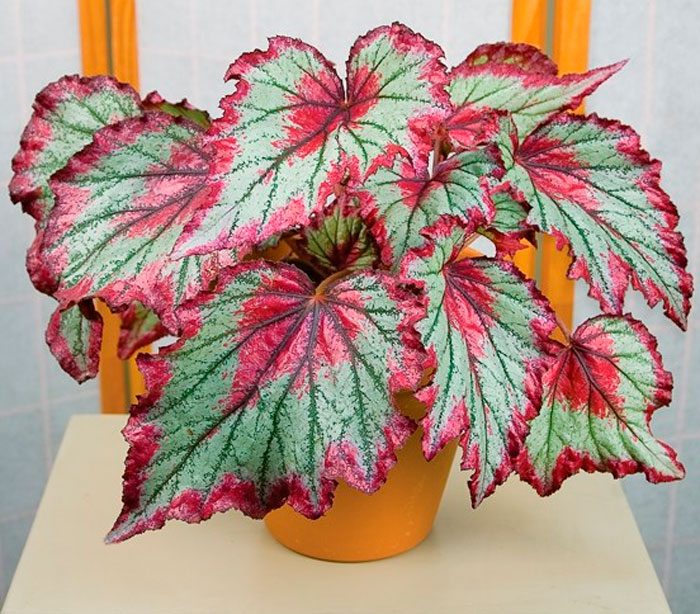


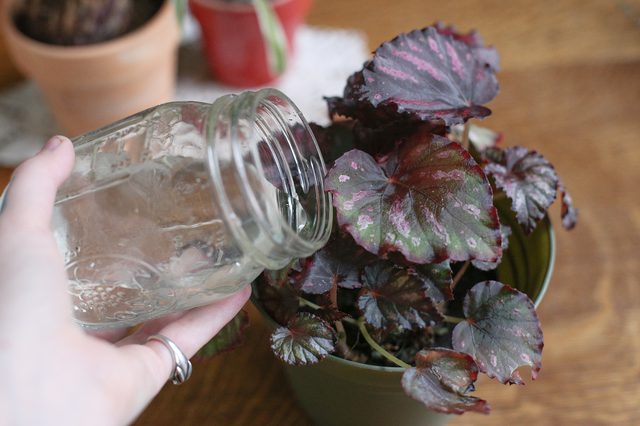
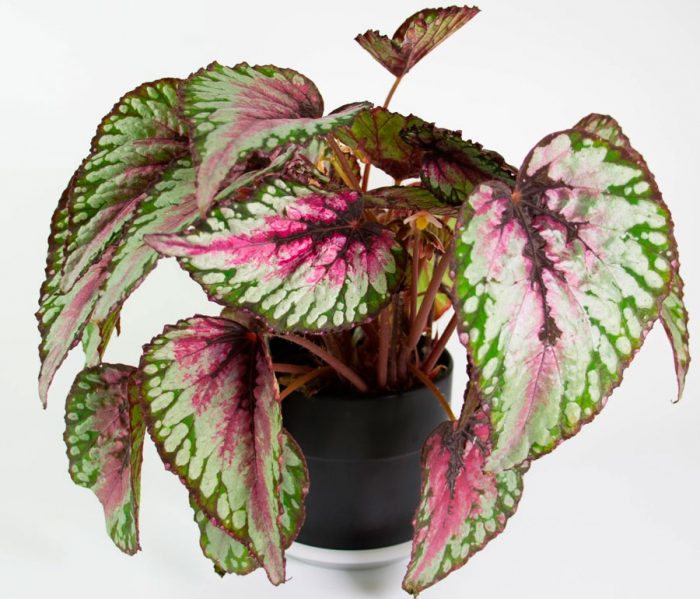
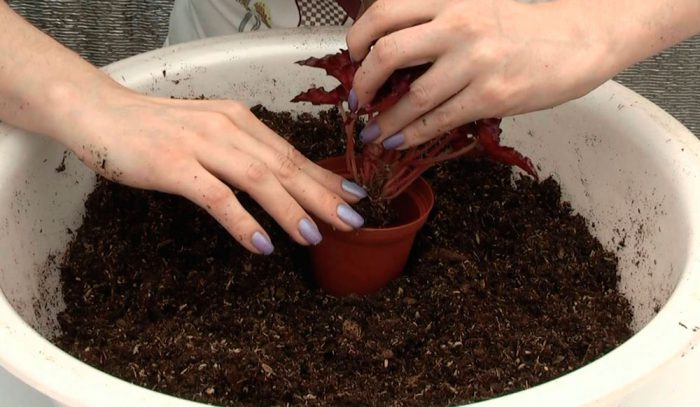
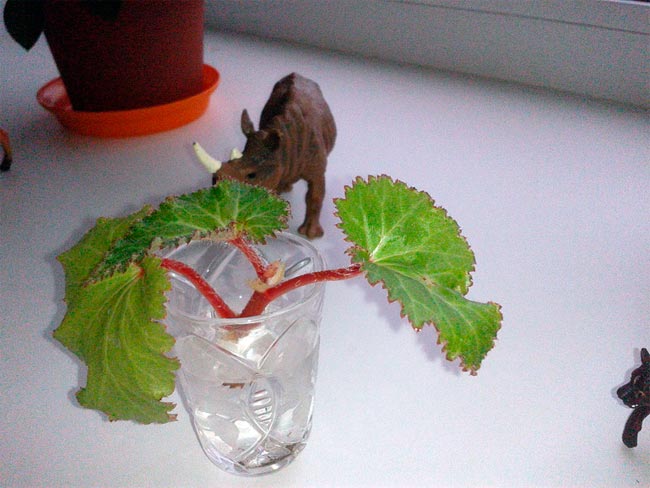
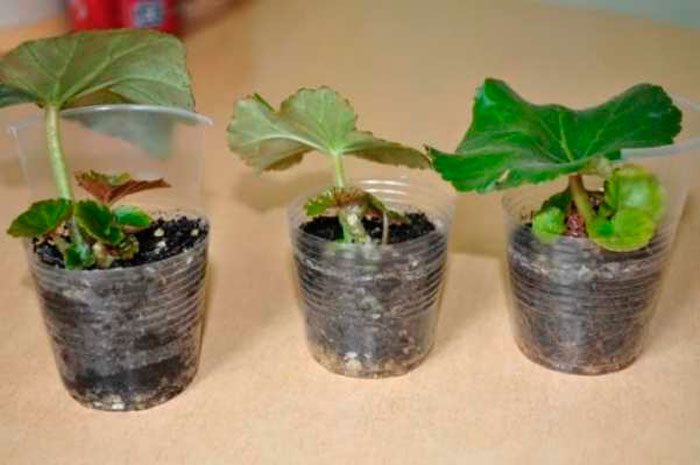
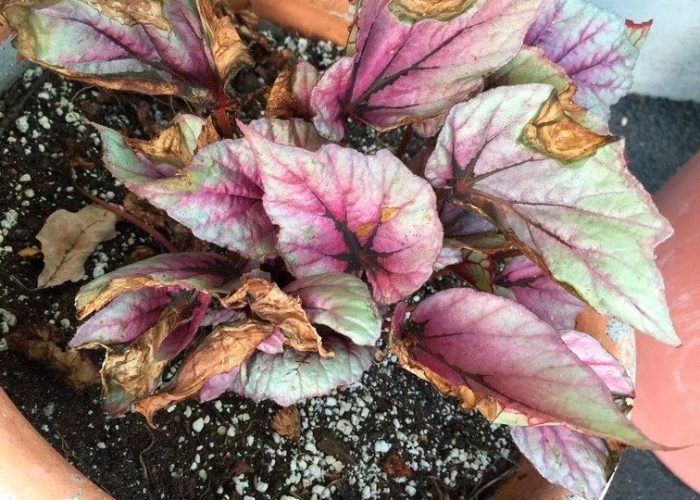


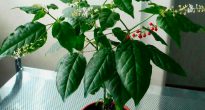





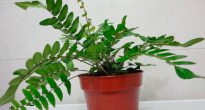

I can’t drop you a photo of which one. She is orange in color. The first in your photo